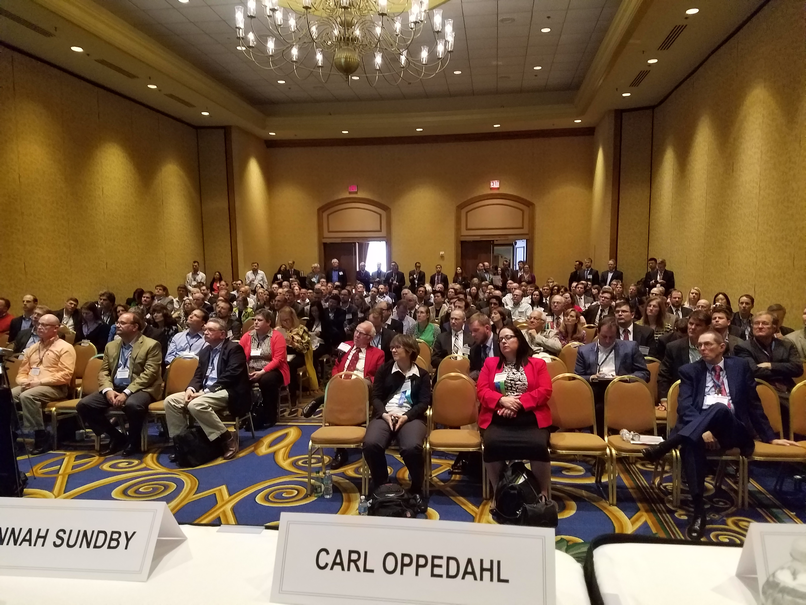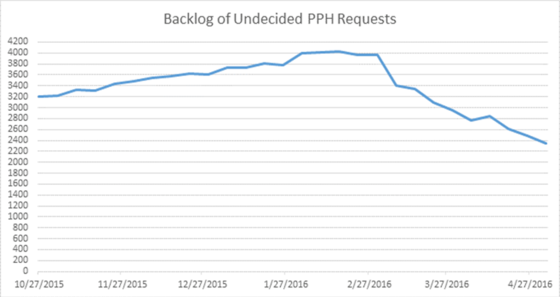The USPTO has granted the first-ever US design patent from an international design (Hague) application.
The international design application was filed pro se on May 13, 2015 by a German company called Schwan-Stabilo Cosmetics GmbH & Co. KG. The application was filed directly at the International Bureau and it designated Korea and the US. It did not claim priority from any earlier application.
The IB published the application on June 5, 2015 and the USPTO received the application from the IB on that day. The USPTO gave application number 35/500,001 to the application.
The USPTO mailed a Filing Receipt on July 7, 2015. The case got assigned to an Examiner on October 6, 2015 and the Examiner allowed the case eleven days later. The USPTO sent the Notice of Allowance to the IB on October 20, 2015. The applicant paid the Issue Fee directly to the IB. The OB sent the Issue Fee to the USPTO on November 30, 2015.
USPTO issued the patent on April 26, 2016 as US Patent Number Des. 754922. You can see it here.
No Assignment has been recorded for this application. No IDS got filed in this application. The application was never touched by US patent counsel.




